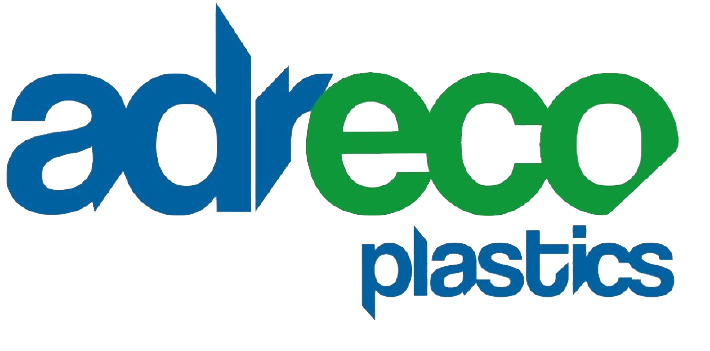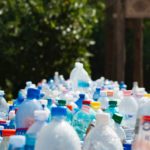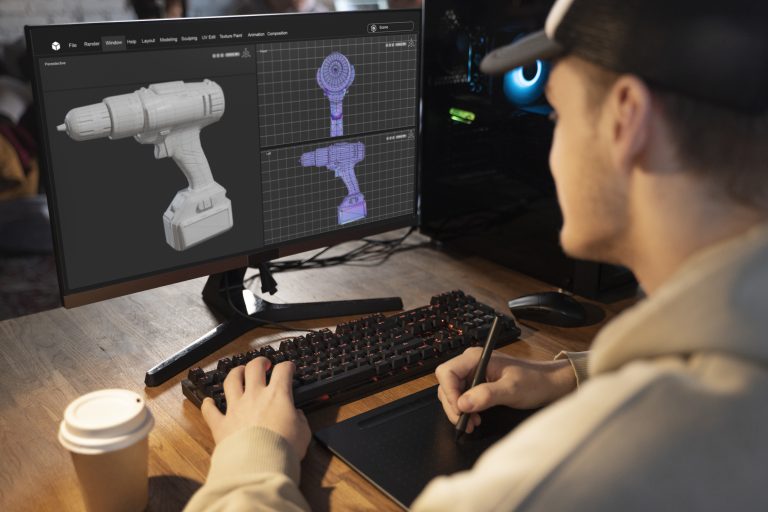Polypropylene uses
Uses for polypropylene
Polypropylene has a slippery, tactile surface, making it ideal for
- plastic furnitur
e
- low friction applications, such as gears in machinery and vehicles.
It is highly resistant to chemical corrosion, making it an excellent choice for packaging for
- cleaning products
- bleaches and
- first-aid products
It offers excellent fatigue resistance and elasticity, securing it a well-deserved reputation for toughness and durability.
Finally, the medical world appreciates the waterproof properties of polypropylene too, as well as its flexible strength, resistance to mould, bacteria and chemical corrosion. It cleans well a sit can stand up to steam sterilisation methods. Some medical applications include,
- syringes
- medical vials
- Petri dishes
- pill containers
- specimen bottles
Material properties and types of polypropylene
This versatile thermoplastic and polymer are popular due to its highly flexible properties, lighter density and ability to adapt to a range of fabrication techniques. The different variations in polypropylene have led the material to be known as the ‘steel’ of the plastic industry, as it can be used and manipulated a number of ways.
There are two main types of polypropylene thermoplastics:
- homopolymers
- copolymers
Homopolymers contain only propylene monomers in semi-crystalline form Main uses include textiles, packaging, pipes, medical components and electrical applications.
Copolymers are divided into random copolymers and block copolymers, produced by polymerising propene and ethene together. Copolymers contain higher amounts of ethylene, which result in an increase in desirable properties within the polypropylene. They are softer than homopolymers but have better impact strength.
Polypropylene can function as both a plastic and fibre type of thermoplastic. This allows for a vastly increased range of uses. It can be used as a fibre, such as in the manufacture of promotional tote bags and ‘bag for life’ shopping carriers. It is soft, malleable and has a relatively low melting point, making it very easy to be used in the injection moulding process, where it is supplied in pellets. It flows well too, due to its low melt viscosity.
Advantages to polypropylene
Due to the fact that polypropylene adapts well to the injection moulding process, it can be used to make incredibly thin layers of plastic. It is very suited to applications such as
- hinges on medication pots,
- lids on shampoo bottles
- and other containers that will be bent and manipulated a lot and mustn’t break.
Polypropylene can even withstand twisting motions of up to 360 degrees without snapping and is very hard to snap as a result. It is relatively low cost and straightforward to produce and readily available in multiple countries and communities.
High chemical and fatigue resistance add to its durability and versatility as a packaging material and option for hinges and bottle tops attached to the main bottle by a thin layer of plastic. It can offer great versatility in colour, as it can be produced as an opaque or transparent thermoplastic and used when some transfer of light is desired. Its lighter density allows it to be used in applications where weight saving has to be a key consideration.
Polypropylene is waterproof and extremely resistant to moisture absorption, which adds to its packaging benefits and flexibility as a packaging material. Its semi-crystalline nature offers high flexural strength too, making it resilient to general wear and tear and ideal for items that must undergo higher levels of physical stress. It is also resilient against mildew, mould, rot and bacteria.
Polypropylene disadvantages
One key disadvantage when it comes to the wider environment and preservation of global resources is the fact that polypropylene is not conducive to being easily recycled. When it burns, it produces a chemical change that cannot be reversed. If you tried to re-heat polypropylene that has already been melted and formed, it would simply burn, rather than liquify for a second time. Other recycling or re-conditioning methods must be considered, at a significantly higher cost.
This low melting point also means that polypropylene is highly flammable and limited in its ability to withstand higher temperatures and it is also susceptible to UV degradation and oxidation. Finally, while polypropylene’s glossy finish makes it aesthetically pleasing and easy to handle, this exact same property also makes it harder to bond to other surfaces and materials, such as paints and glues. Alternative bonding methods, such as welding must be introduced when using polypropylene to make a joint or hinge.
Is polypropylene safe?
While some potentially toxic chemicals are used in the manufacture of polypropylene, it is generally regarded as a safe finished product and is commonly used in plastic packaging that includes food and drink products and medical supplies. While it is not considered very eco-friendly, due to difficulties in the recycling process, items made from polypropylene can be re-used safely and are strong enough to resist normal wear and tear for several uses. Another point that points towards the safety of polypropylene is that the thermoplastic is frequently used to make
- disposable cups
- plates
- bottles
- cutlery
- safely contain, package and protect hot beverages and warm foods.


 e
e



